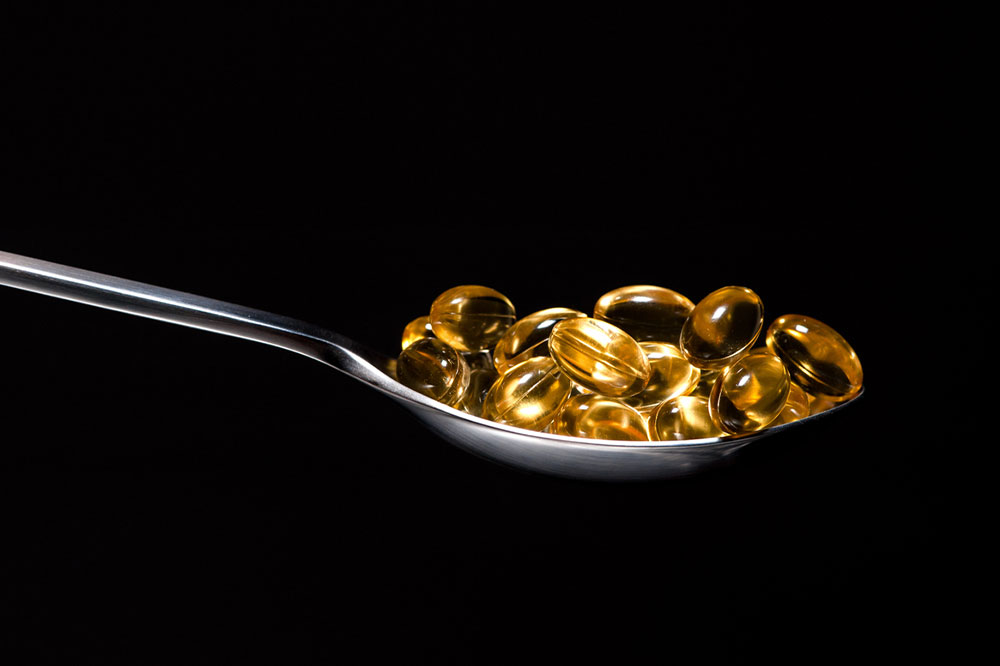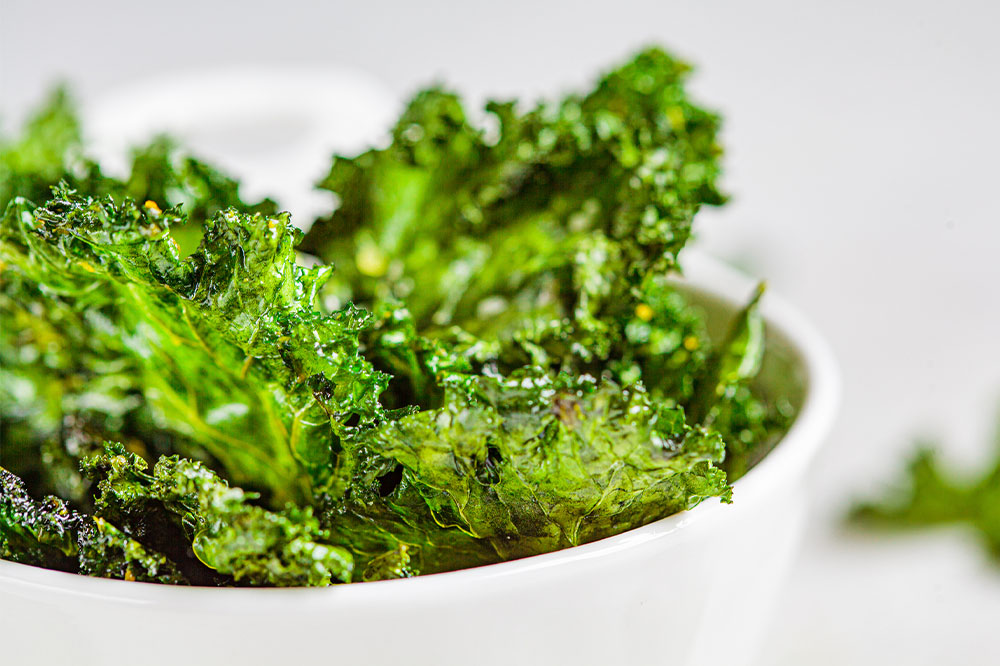10 ways to manage ulcerative colitis while traveling
For people living with ulcerative colitis, traveling can be an anxiety-ridden experience. The physical symptoms of the condition are always painful, including rectal bleeding, sharp abdominal pain, diarrhea, and a looping, endless urge to seek a restroom nearby. These, in turn, lead to constant stress. So, how can someone with this condition make their travels less of an ordeal? Here are some handy tips for traveling better with ulcerative colitis: Preparing well in advance Taking two or three days to prepare before traveling can be helpful for people with ulcerative colitis. Even for short trips, one can do their packing and scheduling in advance to avoid making panicky, on-the-fly decisions once they hit the road. Keeping an emergency kit in your carry-on One can include things like tissues, wipes, multiple underwear/adult diapers, hand sanitizer, prescription treatment products, and other vital products in their emergency kit. Even if all items aren’t used, the kit can provide some much-needed assurance to travelers. Carrying a water bottle People with ulcerative colitis lose a lot of fluid, so they must always keep themselves hydrated. So taking an empty bottle and filling it just before boarding a plane is a smart way to carry water on flights, as airport security usually does not allow passengers to carry full water bottles.
Read More 









